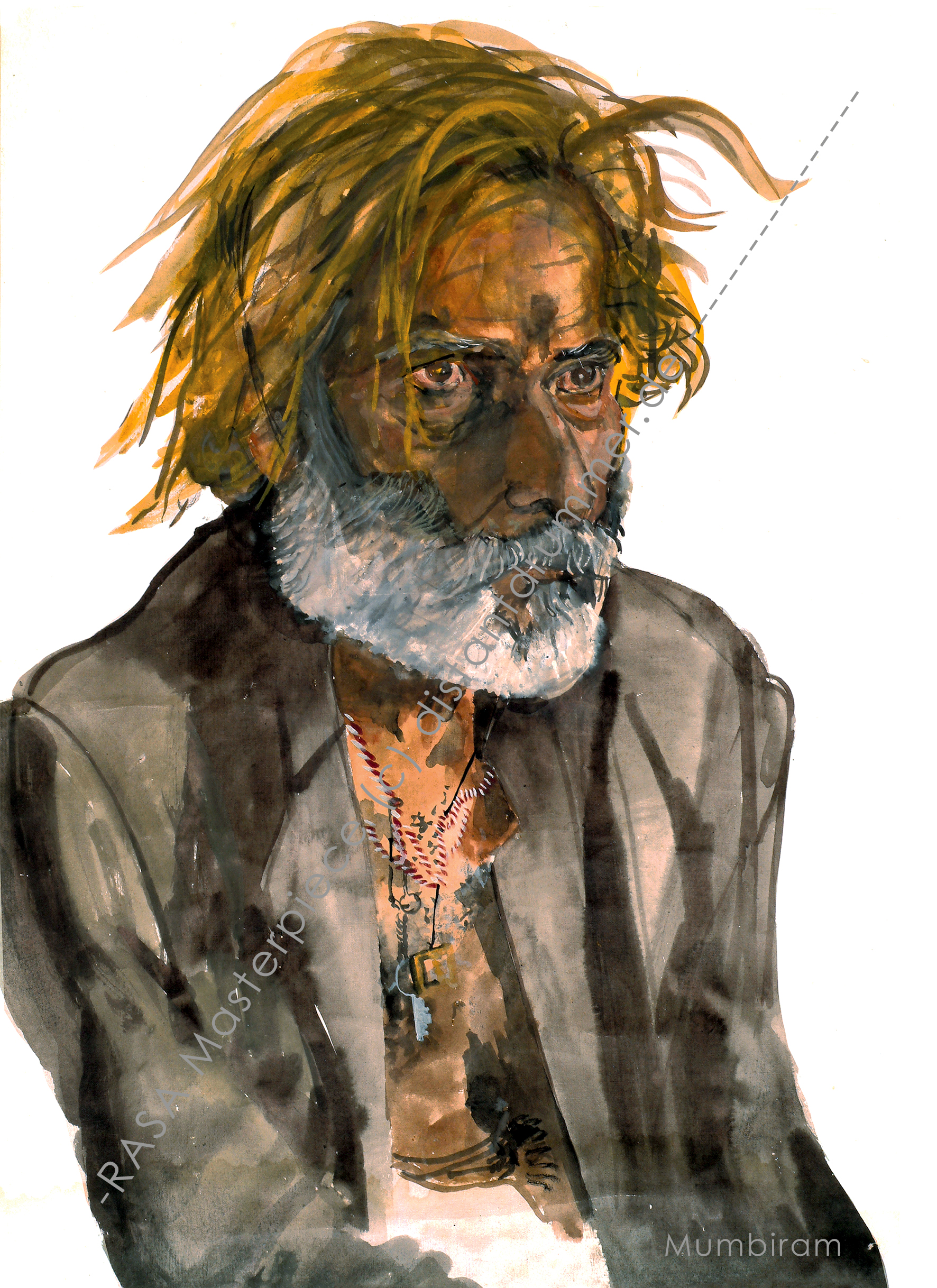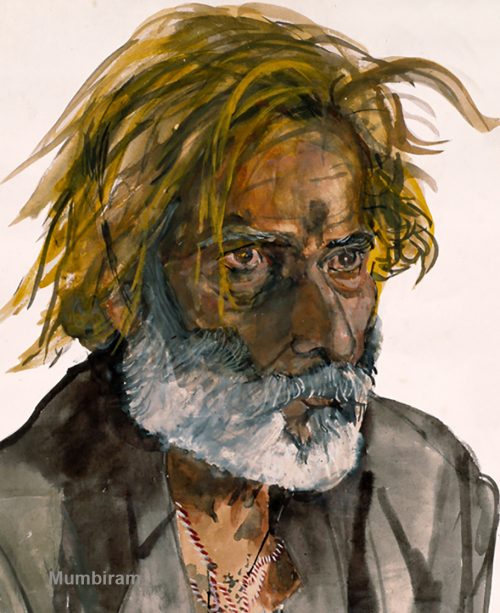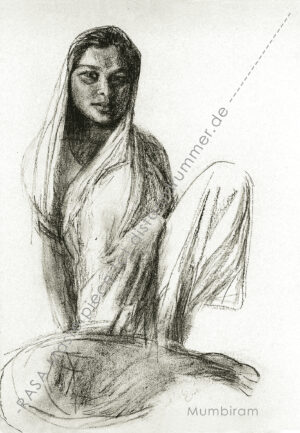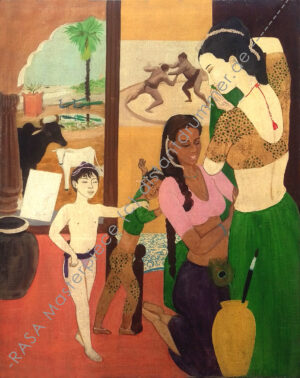“Lakhuji Cartpuller – (Who is afraid of Friedrich Nietzsche ?)”- Rasa Masterpiece
1.200,00 €
incl. 7% VAT plus Shipping Costs
Rasa Masterpiece “Lakhuji Cartpuller – (Who is afraid of Friedrich Nietzsche ?)” by Mumbiram
A Flagship of Rasa Renaissance
-
80 x 110 cm





